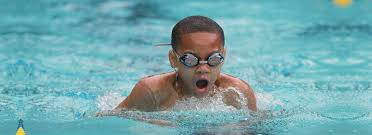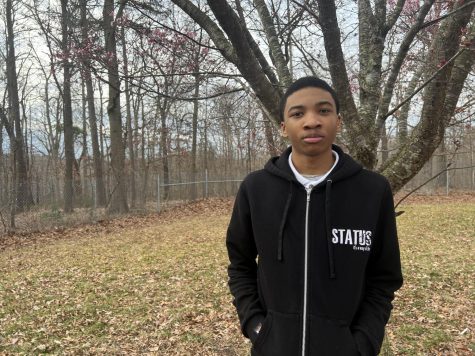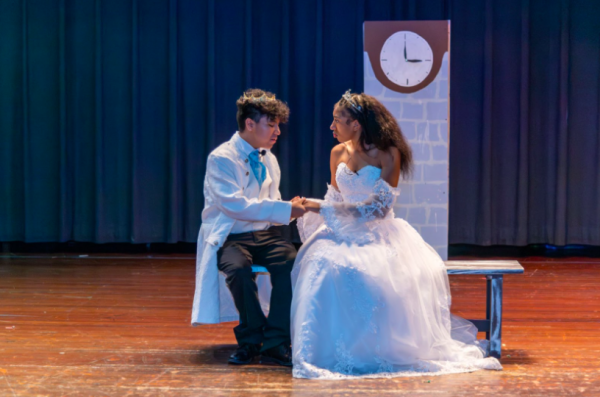Maryland introduces new bill that may implement swimming course in public schools

PGCPS students grades 8-12 could find themselves in the water in a few school years if Maryland’s latest education bill passes. (photo courtesy of Google Images)
According to a survey in 2021, only 56 percent of Americans can perform all five essential skills needed to swim safely, which include being able to enter the water and resurface, controlling breathing, floating, turning, and moving to safety in the water and exiting. The state of Maryland is looking to change that as Maryland State Delegate Karen Toles introduced a bill that would make swimming an elective in all Maryland public schools for students grades 8 to 12.
The bill was discussed in a committee hearing in March where the Delegate highlighted the importance in swimming, especially in majority Black communities, many of which are found in Prince George’s County.
Here are the full details of the bill:
“Requiring the State Department of Education to develop curriculum content for an elective course in water safety and swimming for public school students in grades 8 through 12; requiring, beginning in the 2025-2026 school year, county boards of education to implement the water safety and swimming curriculum content for students in grades 8 through 12 in public middle and high schools in the county; and authorizing a public middle or high school to partner with a local parks and recreation facility for certain purposes.”
Some references that Toles noted is that many HBCUs, such as Howard University in Washington and Hampton University in in Hampton, Va., make sure that students know how to swim before graduation. This bill can benefit students by getting them credit for physical education while also giving them a possible job down the line in Lifeguarding.
According to the Centers for Disease Control and Prevention, drowning is the second leading cause of death in children between the age of eight and 14. Black kids aged between 10 and 14 are 7.6 times more susceptible to drowning, which is shocking, to say the least.
“They are trying to help y’all,” said a Parkdale sophomore who wished to remain anonymous. “They are trying to lower the statistic of people drowning. There’s no reason a person should be an adult and still not know how to swim”
One of the biggest reasons for children not knowing how to swim is not being around water enough, and junior Seth Vernon knows this well.
Vernon, who is “completely clueless when it comes to water,” believes that this new requirement could “help students get over their aquaphobia” and believes that the implementation will be very helpful.
However, there is a big question about the new requirement that a lot of people are wondering: what about schools that don’t have indoor swimming pools? Fortunately, there is a solution. These particular schools will not have to build indoor swimming pools to follow the requirement, and there is the option for schools to partner with local splash parks and recreation centers to offer swim lessons to students.
If the bill is passed, it will take effect in all public schools in Maryland at the start of the 2025-26 year.
Your donation will support the student journalists of Parkdale High School. Your contribution will allow us to cover our annual website hosting costs and publish some printed editions, as well.

Ahmad is a junior, and this is his second year on The Paw Print. He mainly brings in-depth sports analysis, ranging from combat sports such as Boxing and...






